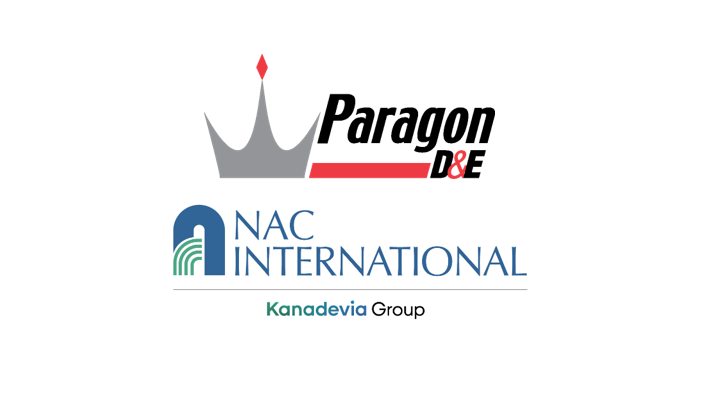NAC International Obtains NRC Approval for a MAGNASTOR License Amendment for Canistered Storage of Fuel Bearing Material
Peachtree Corners, GA – NAC International Inc. (NAC) has received U.S. Nuclear Regulatory Commission (NRC) approval for a license amendment for storage of all Fuel Bearing Materials (FBM) associated with the Three Mile Island Unit 2 (TMI-2) site in NAC’s patented MAGNASTOR® systems. On November 19, 2024, the direct and final NRC rule became effective and amends its spent fuel storage regulations, revising the “list of approved spent fuel storage casks” to include Amendment No. 13 to MAGNASTOR Certificate of Compliance (CoC) No. 1031.
This follows a 2+ year process in which NAC initiated an amendment for our MAGNASTOR system’s CoC to allow storage of all radioactive material generated during the decommissioning of the TMI-2 site. This includes core materials and pressurized water reactor (PWR) nuclear fuel that was dispersed throughout the system’s piping. This required NAC to submit a storage amendment to address a wide range of materials and components which potentially may contain fuel debris or adhered radioactive materials. This industry-leading amendment adds a new type of radioactive content that can be stored within the MAGNASTOR storage system. The physical form of the material being stored is not that of the “typical” or “standard” spent fuel assembly but rather the remnants of what used to be a spent fuel assembly. This material is described as FBM and is accepted as such by the NRC.
Additionally, this amendment involved developing innovative design configurations for the transportable storage canister (TSC) to accommodate the size, shape, and other physical attributes of the FBM. These new components included a new variant of the TSC, internal structures including a waste basket liner, segmented tube assembly, and a debris material container. These internal structures and components provide the needed flexibility for the handling and placement of these undefined materials into the TSC for long term storage.
Mr. Kent Cole, President and CEO of NAC, stated: “This amendment demonstrates the adaptability of the MAGNASTOR system design for storage of a broad range of radioactive materials. We thank the NRC for their continued support of our casks and storage systems, the team who completed the amendment process, and EnergySolutions for selecting and supporting our storage systems on this industry leading project.”
Mr. Jeff Richardson, President of EnergySolutions D&D Group, said: “This is a major milestone for NAC and the TMI-2 Decommissioning Project. We appreciate the collaborative efforts between all parties and look forward to continuing the relationship for a safe and successful decommissioning of TMI-2.”
NAC’s MAGNASTOR system (U.S. Patent No. 8,630,384 B2) is the first ultra-high-capacity canister system design installed at U.S. PWR commercial nuclear power plants. To date, 236 MAGNASTOR systems have been loaded and are in service safely storing spent fuel at operating and shutdown sites.
About NAC
NAC International Inc. (www.nacintl.com) is a diversified corporation specializing in providing integrated nuclear fuel cycle and radioactive waste management solutions. Since 1968, NAC has been a leader in providing technology, information, and services to the nuclear industry throughout the world, working with both government and commercial organizations. NAC and its subsidiaries have supplied over 3,600 used fuel dry storage cask systems worldwide and have completed more than 3,800 used fuel and radioactive materials shipments. NAC also provides a broad range of nuclear fuel cycle-related technical and consulting services to clients worldwide. NAC maintains its corporate headquarters in Peachtree Corners, GA, with subsidiaries in Oak Ridge TN, Mars, PA, and Niagara Falls, ON. NAC is a wholly-owned subsidiary of Kanadevia Corporation, a global leader in design and construction of environmental systems, industrial plants, industrial machinery, process equipment, infrastructure-related equipment, disaster prevention systems, and precision machinery.



